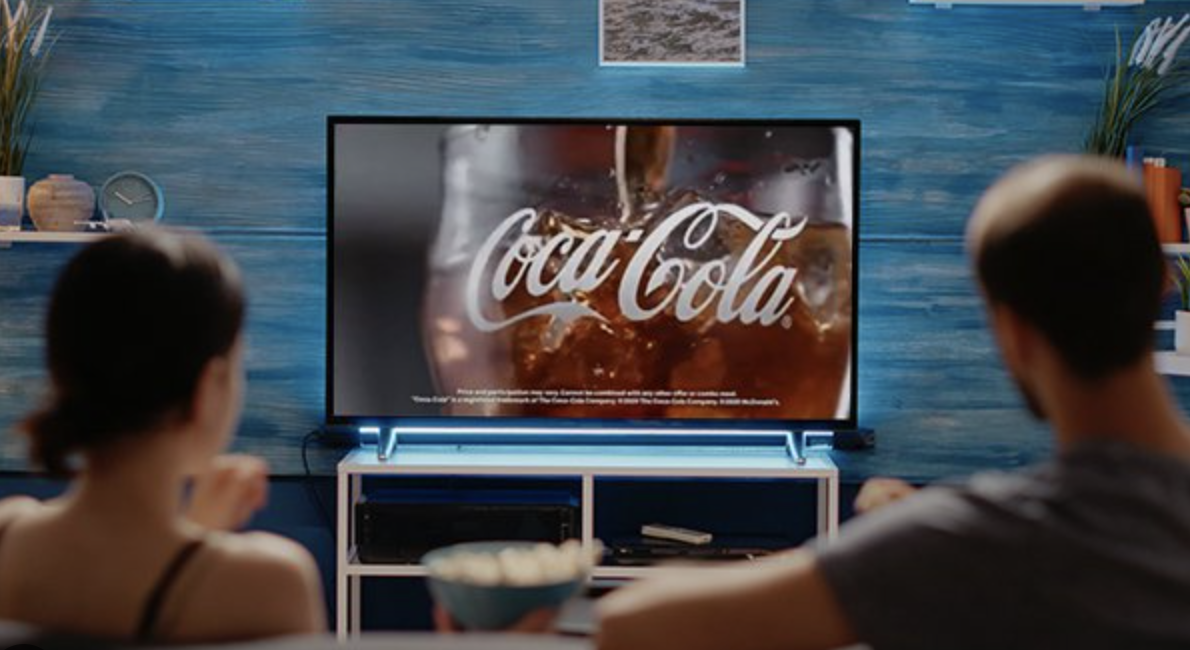Unleashing Your Creative Vision: A Guide to Art Directing Your Own Video Project or Campaign
In the dynamic world of digital content..
creating a compelling video project or campaign requires more than just pointing and shooting a camera. Art direction, often synonymous with creative direction, is a crucial aspect that can elevate your visual storytelling to new heights. Whether you're a budding filmmaker, content creator, or entrepreneur looking to make a splash in the digital realm, mastering the art of directing is essential. In this guide, we'll delve into the key steps to art directing your own video project or campaign.
1. Define Your Vision:
Before diving into the technicalities, take the time to clearly define your vision. What story do you want to tell? What emotions do you want to evoke? Understanding the core message and aesthetic you aim to achieve will serve as the foundation for the entire project.
2. Storyboarding and Planning:
Once your vision is crystallized, translate it into a storyboard. Create a visual roadmap that outlines key scenes, transitions, and shots. This not only helps you organize your ideas but also serves as a communication tool if you're working with a team or collaborators.
3. Consider Your Audience:
A crucial aspect of art direction is understanding your target audience. Tailor your creative decisions to resonate with the demographic you want to reach. Consider their preferences, cultural nuances, and interests to ensure your message is not only visually appealing but also relatable.
4. Craft a Style Guide:
Develop a style guide that encapsulates the visual elements of your project. This includes color palettes, typography, and any specific design elements that align with your brand or narrative. Consistency in visual elements helps create a cohesive and polished final product.
5. Selecting the Right Equipment:
The tools you use significantly impact the quality of your video. Choose the right camera, lenses, lighting, and audio equipment based on your project's needs. Experiment with different setups to achieve the desired mood and atmosphere.
6. Location Scouting:
The locations you choose can be as integral to your narrative as the script itself. Whether you're shooting in a studio or on location, scout ahead of time to ensure that the physical environment complements your creative vision.
7. Directing Talent:
If your video involves actors or presenters, effective communication is key. Provide clear direction on tone, expression, and body language to bring your vision to life. Foster a collaborative atmosphere to encourage the best performances.
8. Editing and Post-Production:
The art of directing extends into the post-production phase. Work closely with your editor to ensure that the final cut aligns with your creative vision. Pay attention to pacing, transitions, and the overall flow of the video.
9. Feedback and Iteration:
Don't be afraid to seek feedback from trusted peers or mentors. Constructive criticism can provide valuable insights and help refine your project. Be open to making adjustments and iterations based on the input you receive.
10. Promotion and Distribution:
Once your video is polished and ready for the world, strategize your promotion and distribution plan. Utilize social media, email marketing, or other channels relevant to your audience to maximize reach and engagement.
Conclusion:
Art directing your own video project is a challenging yet rewarding endeavor. By defining your vision, planning meticulously, and paying attention to every detail, you can transform your ideas into a visually stunning and impactful piece of content. Embrace the creative process, stay true to your vision, and let your passion guide you through the exciting journey of bringing your video project to life.



